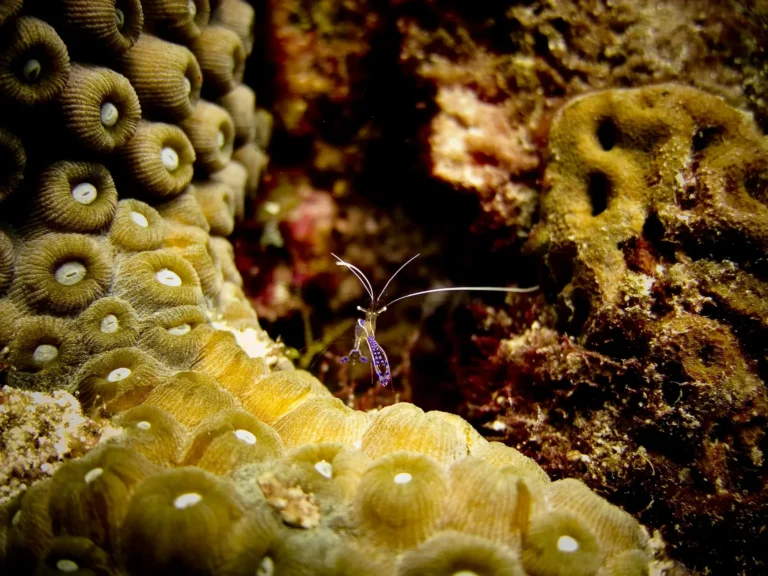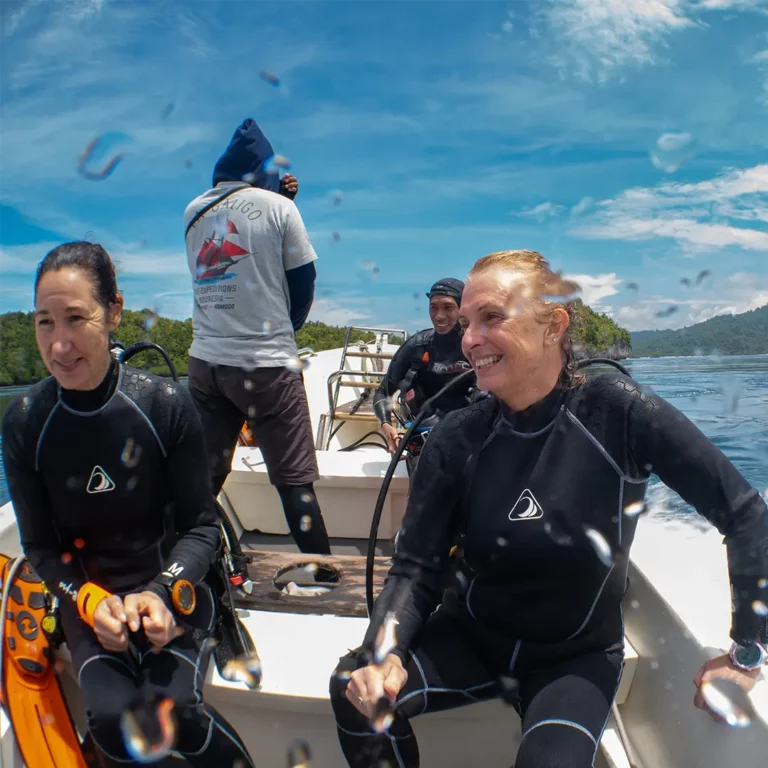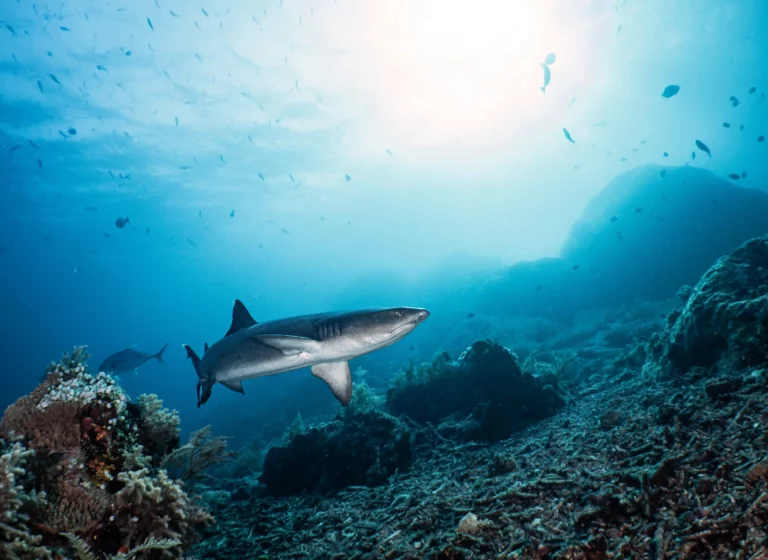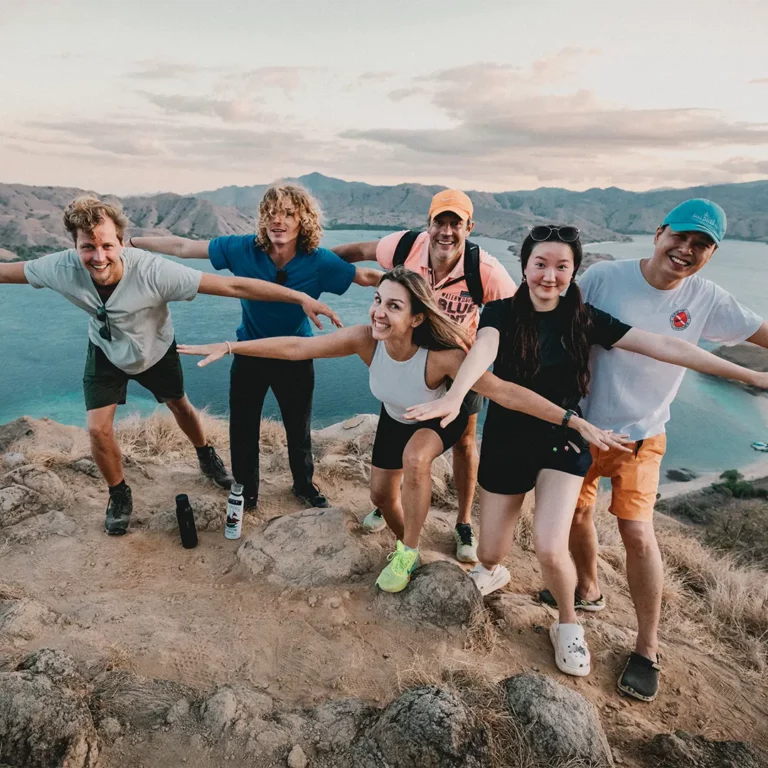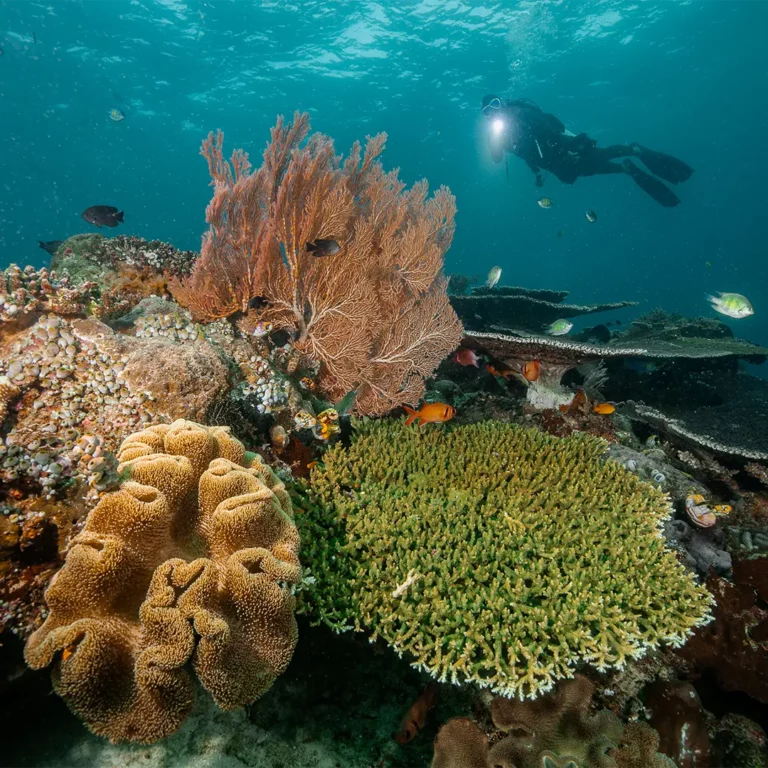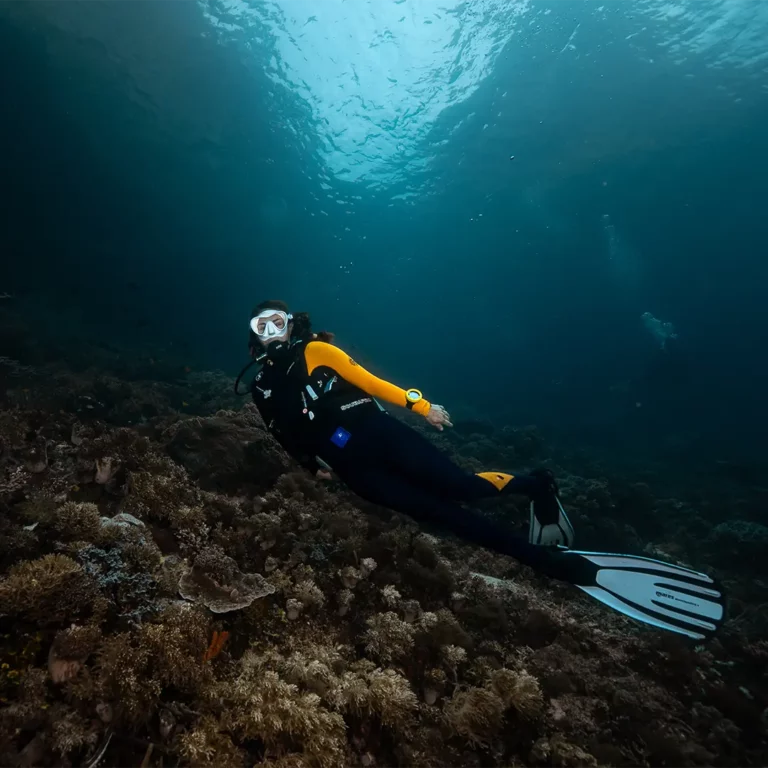Every diver knows the discomfort of feeling pressure build up in their ears as they descend into the depths of the water. This sensation occurs due to the change in pressure as you go deeper, and if not equalised properly, it can lead to pain and potential ear injuries. In this guide, we will explore the importance of ear equalisation for divers and learn about the different techniques and methods to ensure a safe and comfortable diving experience. Whether you’re a novice diver or a seasoned professional, understanding ear equalisation basics is essential for a successful and enjoyable dive.
The Eustachian tube plays a crucial role in ear equalisation for divers. When you descend into the water, the pressure in the external ear increases while the pressure in the middle ear decreases. To equalise this pressure difference, proper functioning of the Eustachian tube is essential. It helps in allowing air to flow into the middle ear, maintaining equilibrium and preventing discomfort or injury.
Equalization Techniques
Valsalva Maneuver
The Valsalva manoeuvre is a common method used by divers to equalise the pressure in their ears while descending underwater. It involves pinching the nostrils closed and gently blowing through the nose to open the eustachian tubes, allowing air to pass into the middle ear and equalise the pressure.
However, it is important to note that the Valsalva manoeuvre should be performed gently to avoid potential injury to the eardrums or surrounding tissues. Over-pressurizing the middle ear can lead to barotrauma, which can cause pain, dizziness, and in severe cases, permanent damage to the ears.
There are other ear equalisation techniques such as the Toynbee manoeuvre and the Frenzel manoeuvre, which may be more suitable for divers with certain medical conditions or who have difficulty performing the Valsalva manoeuvre.
It’s crucial for divers to understand and practise these ear equalisation techniques to ensure a safe and comfortable diving experience.
Toynbee Maneuver
The Toynbee manoeuvre is an alternative ear equalisation technique that can be beneficial for divers. This method involves swallowing while pinching the nose closed, which can help to open the eustachian tubes and equalise the pressure in the middle ear.
One advantage of the Toynbee manoeuvre is that it can be performed more gently than the Valsalva manoeuvre, reducing the risk of over-pressurizing the ears. Additionally, individuals who may have difficulty with the Valsalva manoeuvre due to certain medical conditions or anatomical differences may find the Toynbee manoeuvre to be more effective for equalising ear pressure while diving.
It’s important for divers to practise and become familiar with different ear equalisation techniques to have options in case they encounter difficulties with a particular method. Furthermore, seeking guidance from a diving instructor or medical professional can be helpful in mastering these techniques and ensuring safe diving practices.
Frenzel Maneuver
The Frenzel manoeuvre is a crucial technique for equalising ear pressure while diving. By closing the vocal cords and using the tongue to pump air into the Eustachian tubes, divers can equalise the pressure in the middle ear. This technique is especially important as you descend underwater, as the increasing pressure can cause discomfort or even injury if not properly equalised. Practice and mastery of the Frenzel manoeuvre will greatly enhance your diving experience and keep your ears safe.
Seeking Professional Assistance
In addition to trying different equalisation techniques on your own, it’s important to seek professional assistance. A certified diving instructor or an ear, nose, and throat specialist can provide personalised guidance and help you identify the most effective technique for your unique physiology.
Furthermore, professional assistance can also help identify any underlying issues or conditions that may affect your ability to equalise ear pressure, ensuring a safe and comfortable diving experience.
Remember, your ears are delicate and essential for a positive diving experience, so don’t hesitate to seek expert help when it comes to ear equalisation techniques.
Pre-Dive Preparation
Before you embark on any diving adventure, it’s essential to prepare your body for the experience. Ensuring that you are well-rested and hydrated can contribute to easier equalisation and overall comfort during your dive. You should also avoid consuming excessive amounts of alcohol the night before or caffeine just prior to diving, as these substances can lead to dehydration and potential complications with equalising ear pressure. Additionally, being in good physical shape and maintaining a regular practice of equalisation techniques will help you build the muscle memory necessary for effective equalisation in different diving conditions.
Taking these preparatory steps will not only enhance your ability to equalise ear pressure but also contribute to a safer and more enjoyable diving experience overall.
Conclusion
Understanding the importance of ear equalisation and mastering the techniques can significantly improve your diving experience. Proper equalisation not only prevents discomfort and pain but also reduces the risk of potential ear injuries. By incorporating these techniques into your diving routine, you can ensure a safe and enjoyable underwater adventure.


